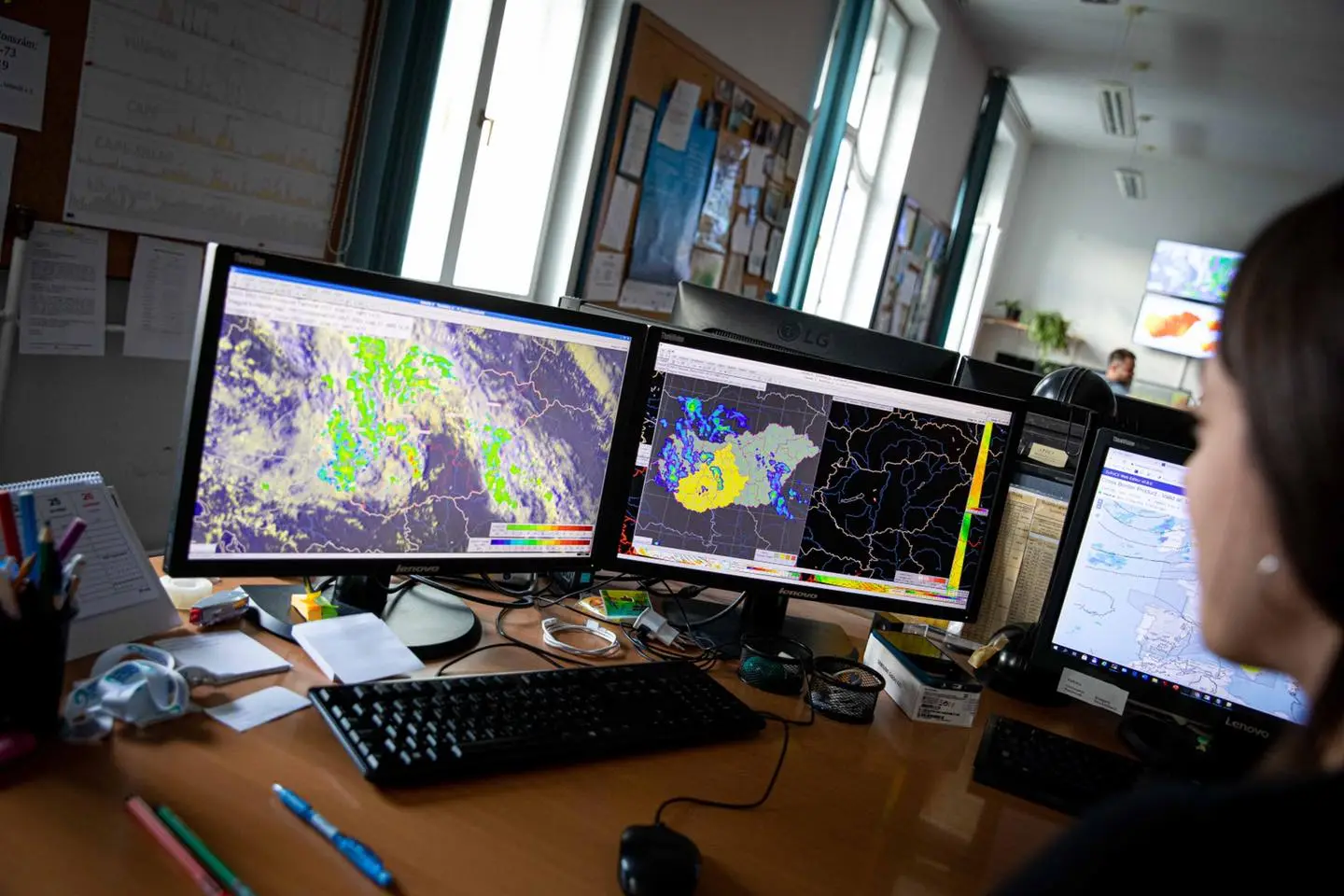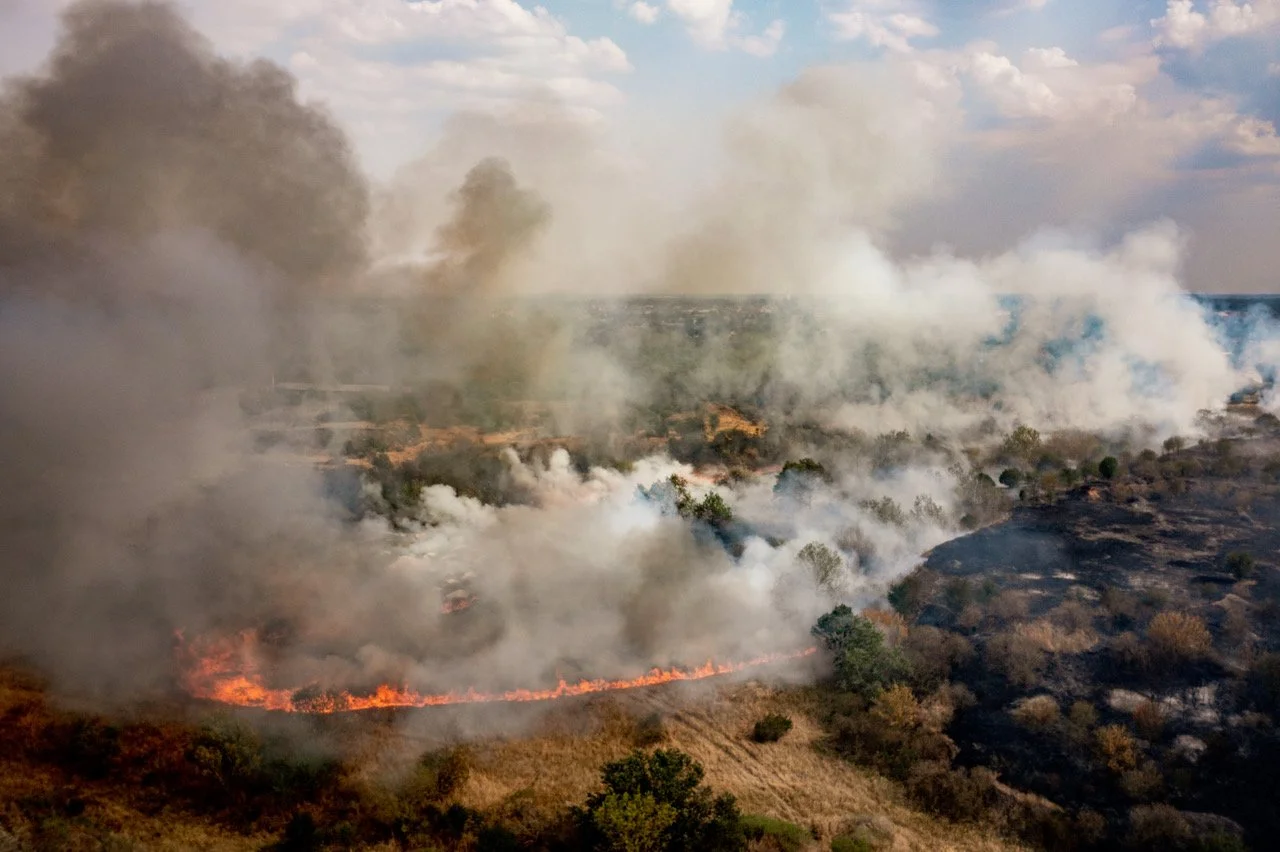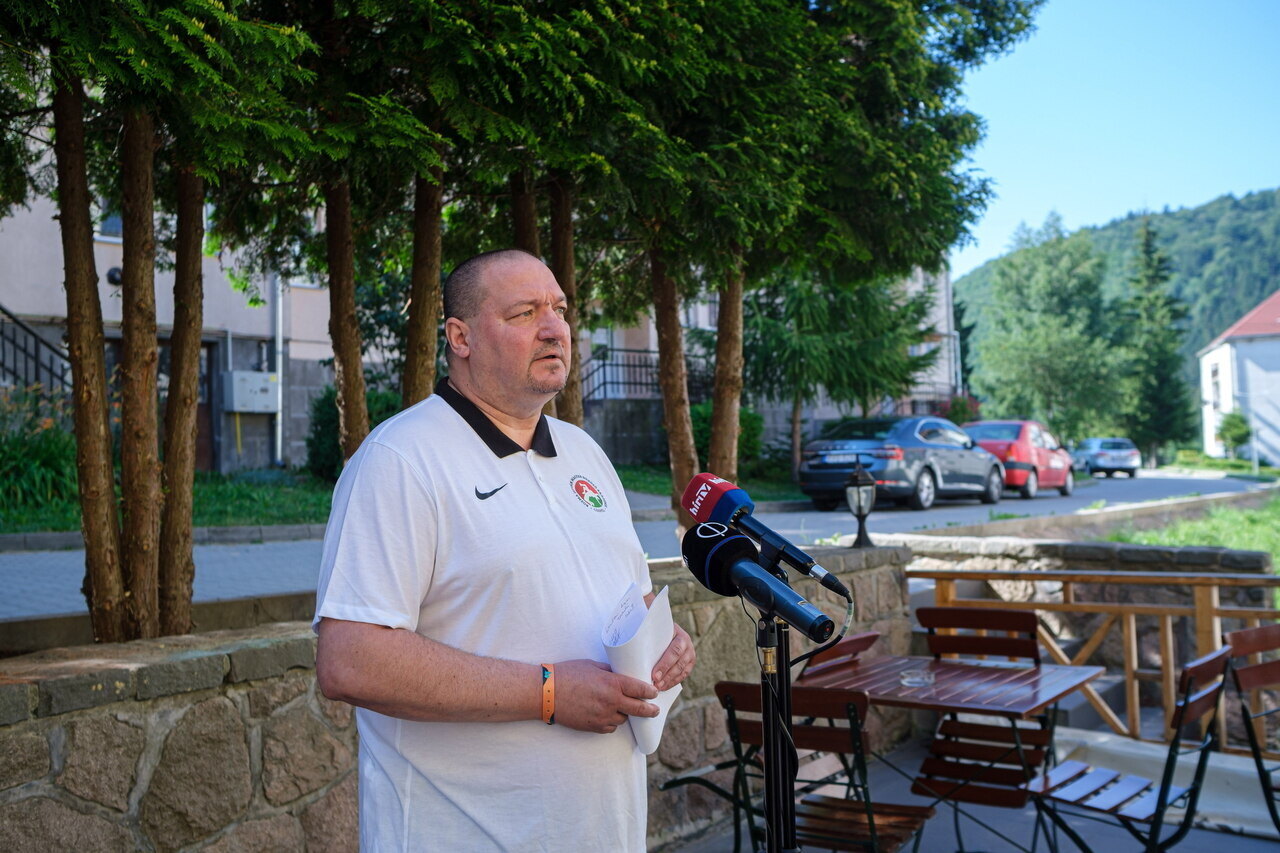Their forecast did not come true, government fired meteorological service leaders

The chairwoman, Dr Kornélia Radics, and the professional vice-chair, Gyula Horváth, of the Hungarian Meteorological Service (OMSZ) have to resign with immediate effect. The minister of innovation and technology, László Palkovics, decided so. The ministry’s announcement added that Palkovics would decide about the new leaders of the OMSZ later. The cause is the OMSZ’s August 20 forecast. That is why the government postponed the traditional fireworks in Budapest.
It is almost impossible to give a 100% forecast
Rita Nagy-Kurunczi, a leading meteorologist of the Időkép, said that there was a significant chance for great storms until the last moment on 20 August. Therefore, a detailed examination is needed why the forecast of the OMSZ proved incorrect. She added that all models, including the American, European, German and French calculated with an extensive precipitation block over Central Hungary in the evening, telex.hu wrote.
The original forecast of the OMSZ was 75-80 pc for a rainstorm by 9 pm on 20 August. But they said there was a 20-25 pc chance for no rain. Later that day, they shared posts warning about rainstorms and showers. Based on those data, the operative board postponed the fireworks for this Saturday in Budapest. However, there was no rain.

Government-close media did not wait to start slamming the OMSZ
The government-close media immediately started to attack the meteorological service claiming they made a huge mistake. Meanwhile, the OMSZ said all their forecasts include a probability factor, and on 20 August, the least probable scenario happened. They added they tried to communicate that, as well.
- Read also: PHOTO report on the 20 August celebrations
Rita Nagy-Kurunczi said that calculating the development of such a precipitation block was very difficult, and the results were uncertain. Furthermore, such precipitation blocks can come into being in just an hour, as happened over Lake Balaton that day.

Catastrophes happened when politicians did not listen to meteorologists
Telex.hu brought up the August 20 storm in 2006 in Budapest in connection with the case. That year, 1,500,000 people were out watching the fireworks. But when the storm started, everybody wanted to leave the venues at once. More than 300 people were injured, and five people died in the chaos. One of the casualties was only 12 years old. A married couple fell into the raging Danube from a boat during the storm.
We already know that the tragedy was caused by severe organisational deficiencies, panic and darkness. Moreover, there were not enough ambulances in Budapest. The meteorological service forecasted a possible storm, but that information did not reach the decision-makers. Since then, an operative board has been responsible for the fireworks in Budapest. Today, all intelligence from the police, disaster management services, military, ambulance, and meteorological service goes to the board members.































